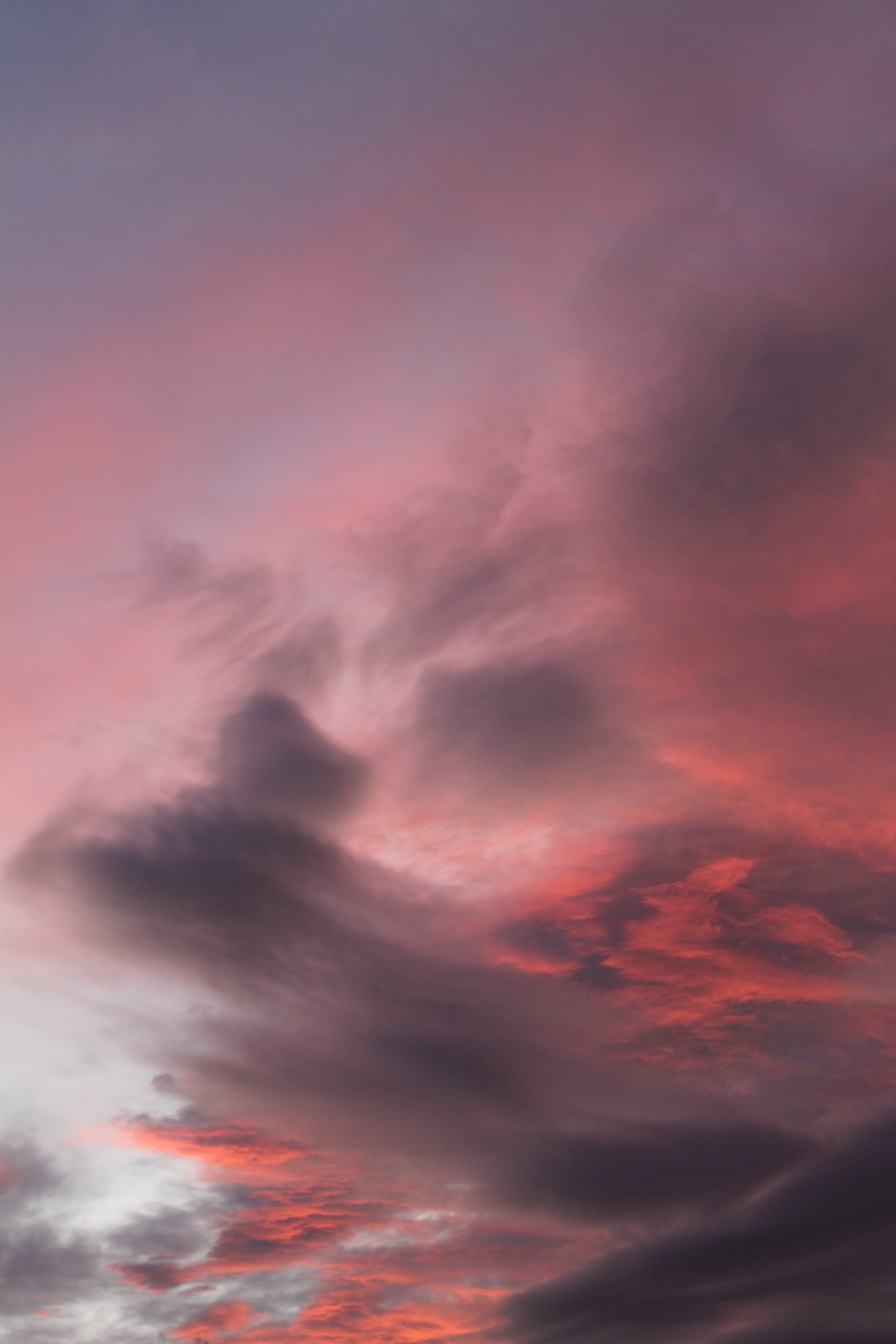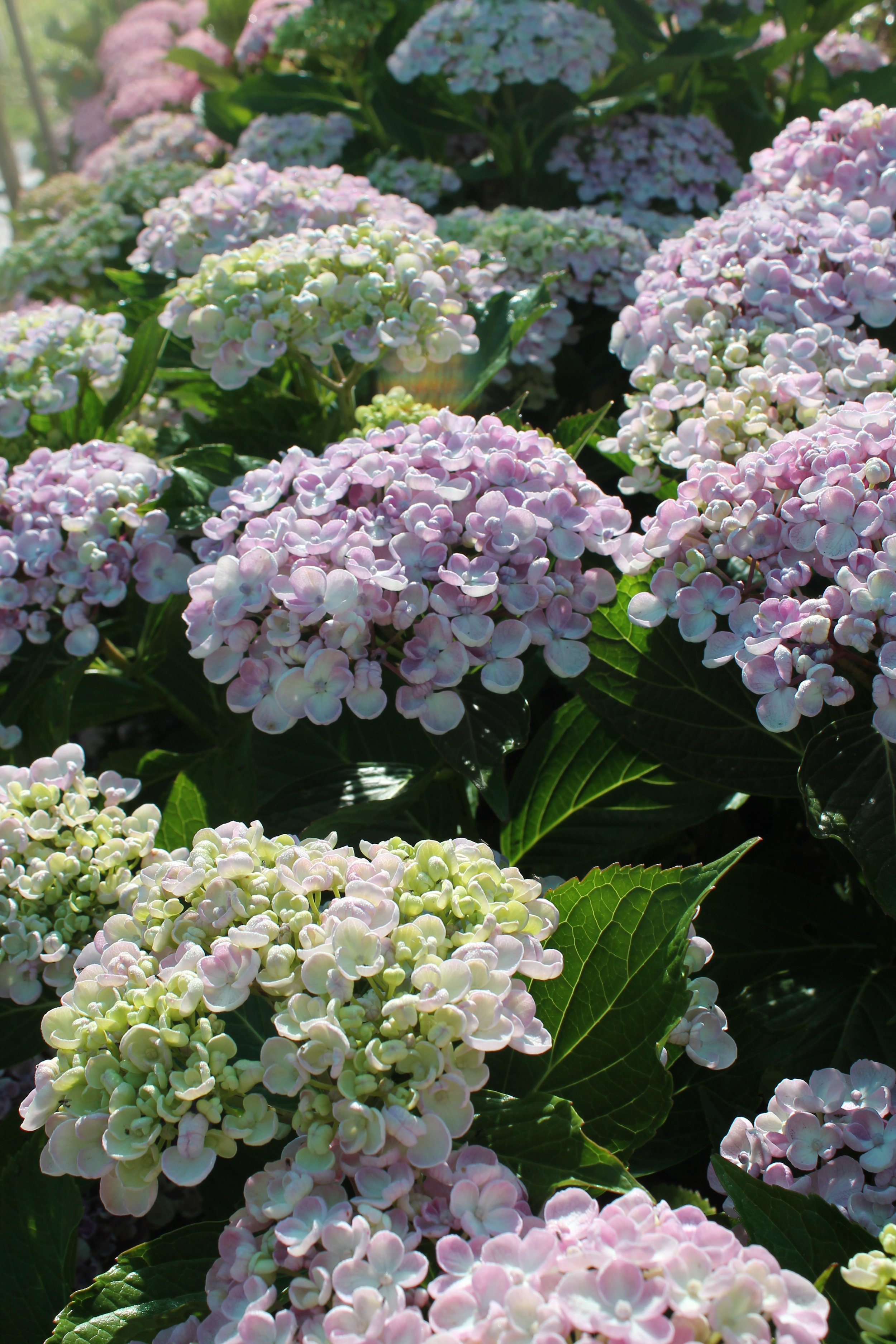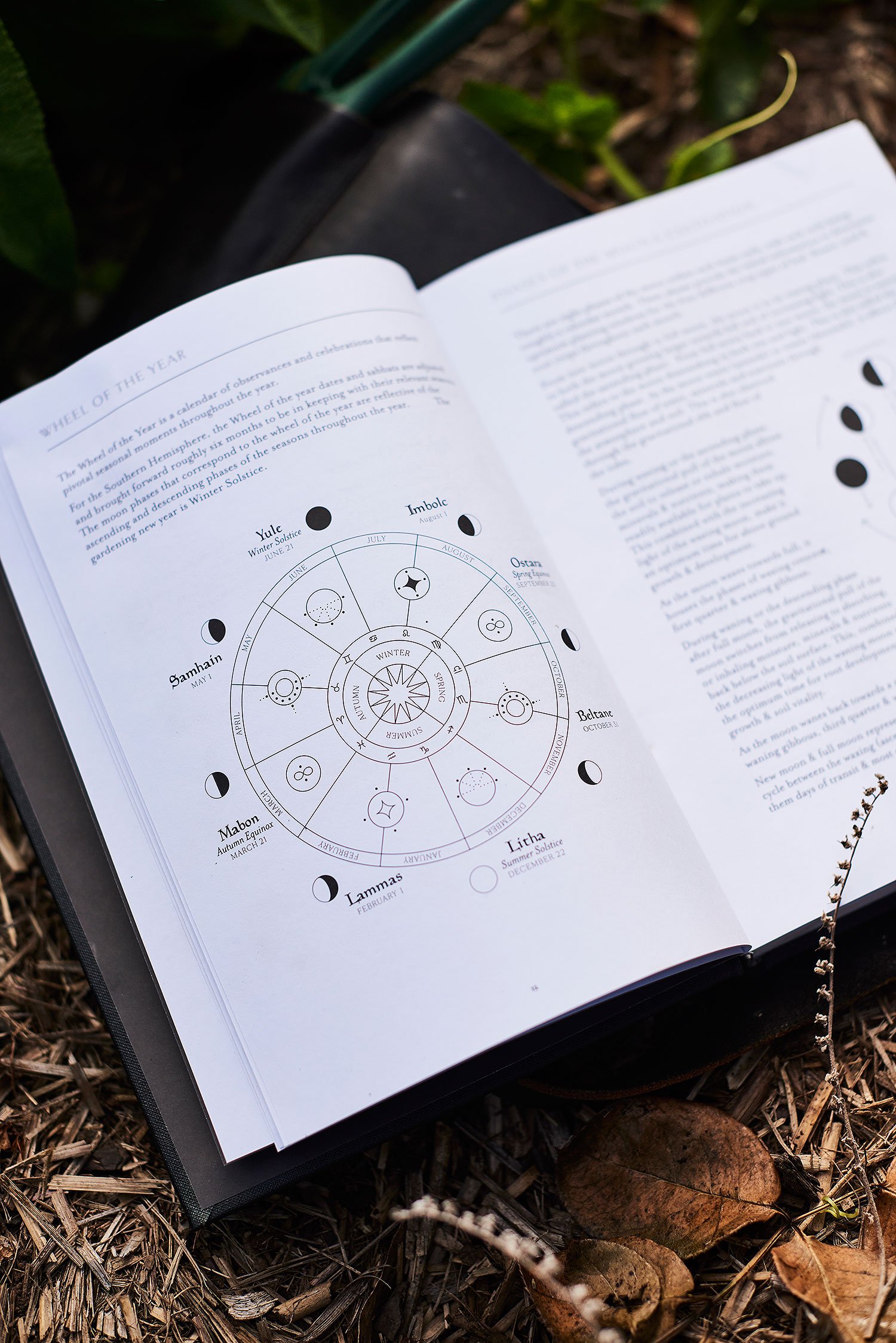Imbolc is the second of the annual celebrations and observes the very beginnings of Spring. Imbolc falls between Yule (the winter solstice) and Ostara (the spring equinox), and is celebrated from August 1st- 7th, although the shadow of the festival continues throughout the rest of the month leading up to Ostara.
Imbolc is a time to celebrate and notice the first of the warm spring winds after the bitter winter squalls, the migratory birds arriving to nest again, the emergence of bud and leaf on dormant plants. With only a month left of winter, soil temperatures are increasing, germination of seed is quickening and the general energy of plants, animals and insects will also be visibly increasing.
The Wheel of the Year is often derided or put in a box that discredits its foundations. There are several other elements that can be celebrated during each observance, but at their very core the festivals and celebrations are all centered around the natural world, the rhythm of the seasons throughout the year and how we can honour and celebrate the intricacies that come with each season.
I find that being aware of these seasonal observances and what they mean is a gentle yet effective way of keeping in touch with the subtle shifts in energy of the natural world and landscape throughout the year. There is a fluidity to the Wheel of the Year that encourages a practice of cultivation that embraces the seasonal energies and patterns and allows for solid and consequently successful seasonal timings.
The Wheel of the Year is included in both the almanac and lunar planting poster annually.






















